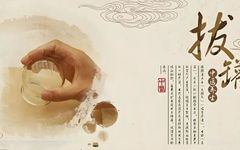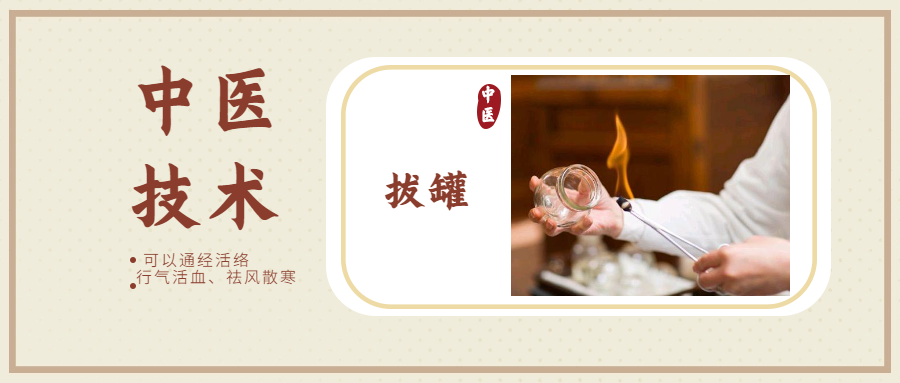
Traditional Chinese Medicine Techniques
拔罐 (Cupping) is a traditional technique in TCM that uses cups as tools to create a vacuum by burning air or using suction, which adheres to acupuncture points (腧穴, shùxué) or specific areas of the body. This causes local skin congestion and bruising to prevent and treat diseases.
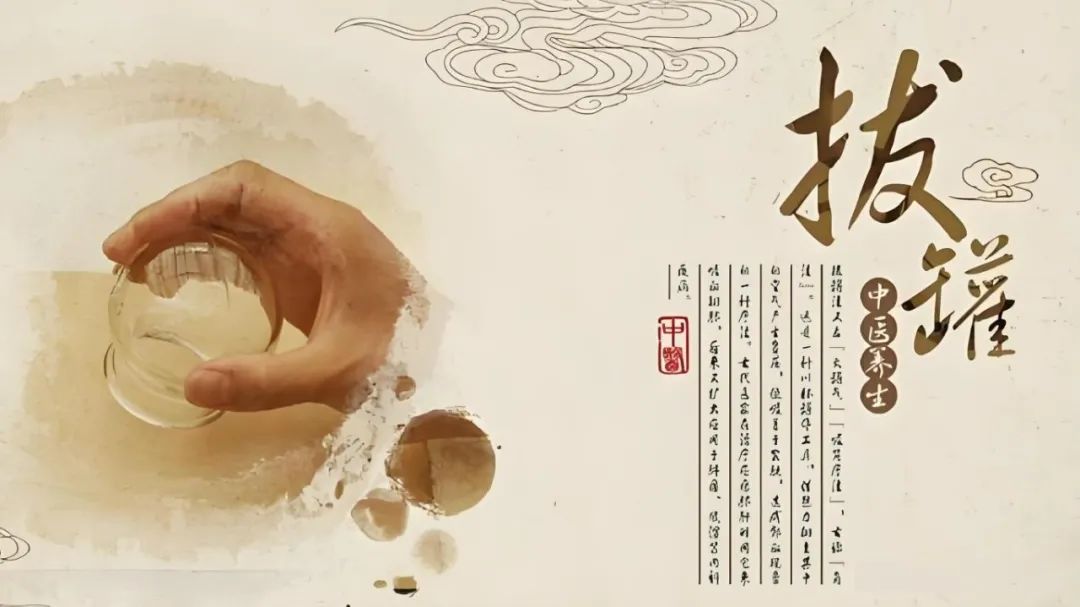
The cupping therapy, also known as “suction cup therapy” (吸筒疗法, xī tǒng liáofǎ), was historically referred to as “角法 (jiǎo fǎ)”. As early as the primitive society, people used animal horns (such as cow or sheep horns) to treat diseases, hence the name. The medical text “肘后备急方 (Zhǒu hòu bèi jí fāng)” by the Jin Dynasty physician Ge Hong records the use of cow horns to create cups for treating abscesses. Later texts also mention methods like “bamboo tube suction” and “boiled bamboo tube method”. The famous Qing Dynasty physician Zhao Xue Min provided a detailed introduction to fire cupping in his work “本草纲目拾遗 (Běncǎo gāngmù shíyí)”.
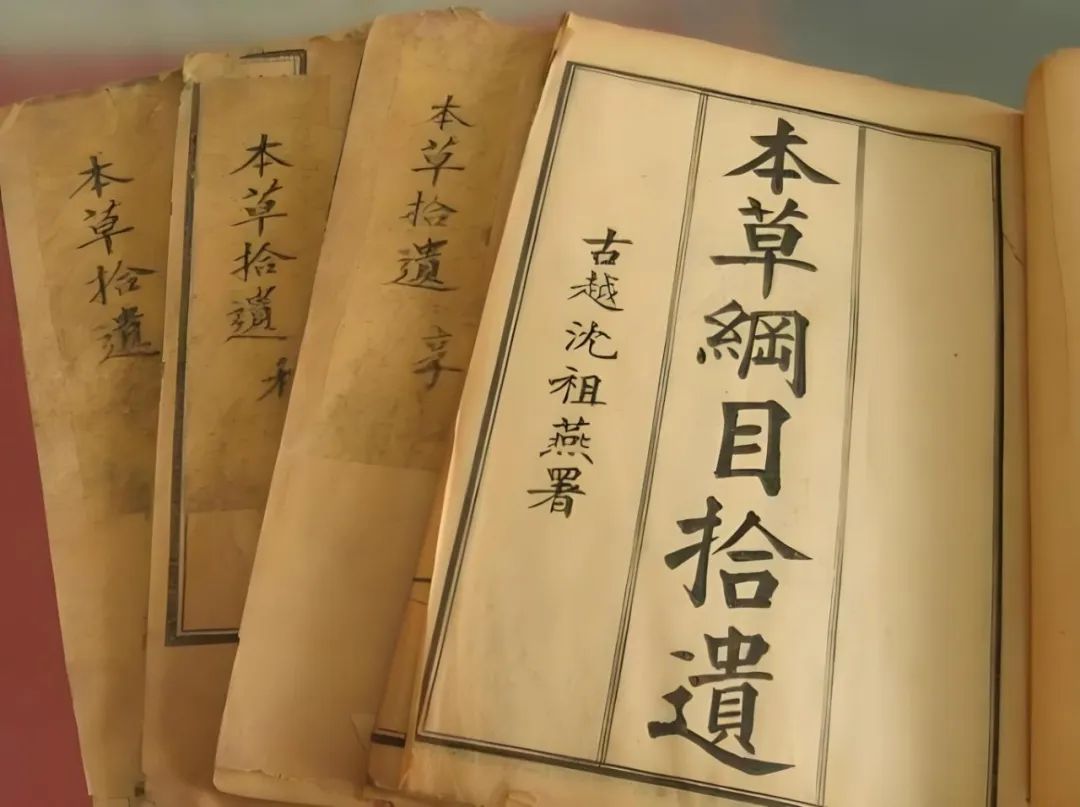
With the vigorous development of TCM, cupping tools have also diversified, with modern commonly used materials including glass cups, bamboo cups, ceramic cups, suction cups, and multifunctional cups.
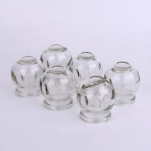
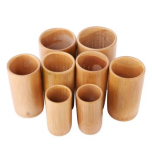

★Operation and Efficacy
The fire cupping method is the most commonly used cupping technique. It primarily utilizes the method of igniting to expel air from the cup, creating negative pressure that adheres to the body surface. By suctioning the affected area or specific meridians (经络, jīngluò) and acupuncture points, it expels pathogenic factors such as wind, cold, blood stasis, heat toxins, and pus from the body, restoring balance and promoting the smooth flow of Qi and blood. It is commonly used for external wind-cold headaches, joint pain, lower back pain, cough, abdominal distension, abdominal pain, diarrhea, and surgical conditions such as abscesses that are about to rupture or have already ruptured.
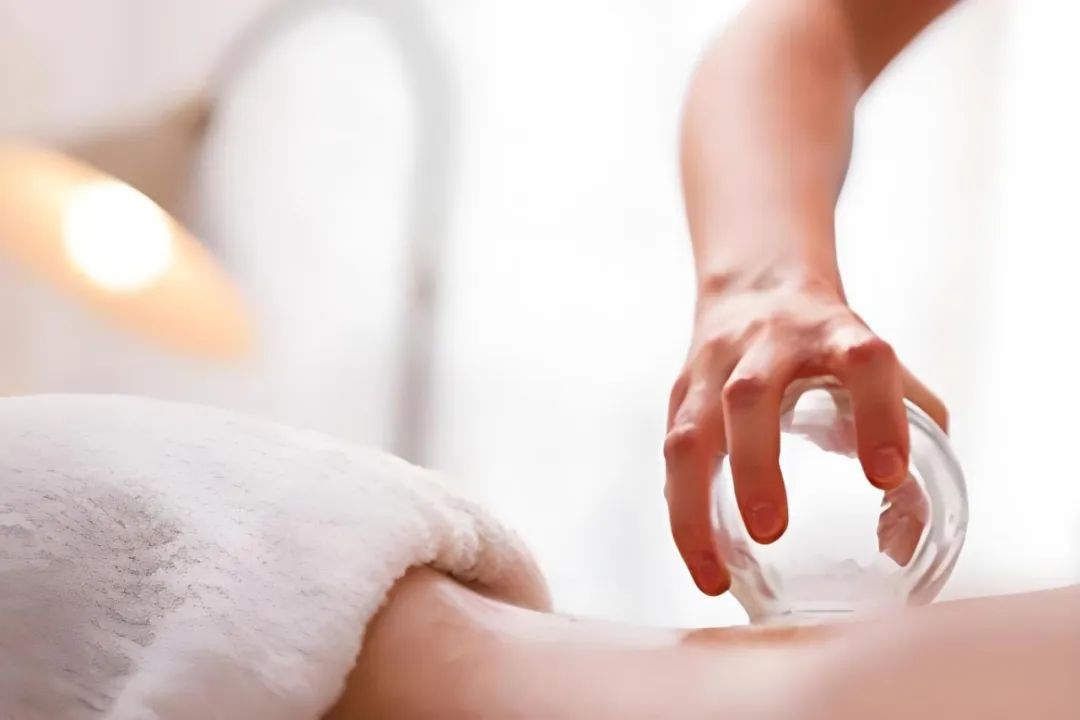
★Balanced Fire Cupping
Balanced fire cupping originated from the fire cupping method and has been used clinically since 1984. It is based on the fundamental theories of TCM, combining traditional cupping with heat therapy, massage, and other physical stimuli to achieve the effects of warming the meridians, expelling pathogens, stimulating Yang Qi, harmonizing the organs, and balancing Yin and Yang.
Modern research shows that balanced fire cupping not only treats diseases but also prevents them, demonstrating good efficacy for conditions such as neck, shoulder, lower back, and leg pain, chronic fatigue syndrome, sub-health states, dysmenorrhea, gastrointestinal dysfunction, widespread myofascial pain, and ankylosing spondylitis.
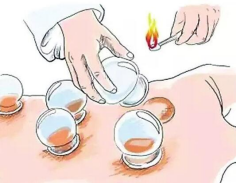 Effects of Cupping
Effects of Cupping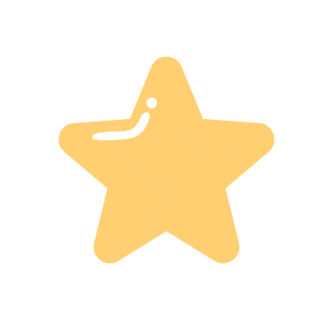 Regulating Yin and Yang
Regulating Yin and Yang
Cupping harmonizes Yin and Yang through the combination of acupuncture points and cupping techniques. For example, if the disease is in the meridians or skin, light cupping is appropriate; if it is in the muscles or bones, heavier cupping is recommended. The regulation of Yin and Yang balance through cupping is bidirectional; for instance, in cases of unstable blood pressure, low blood pressure can be raised, while high blood pressure can be lowered.
 Invigorating Blood and Resolving Stasis
Invigorating Blood and Resolving Stasis
“Where there is flow, there is no pain; where there is pain, there is no flow.” When the muscles, tendons, or bones are injured, local blood stasis can occur, obstructing the flow of Qi and blood in the meridians. If the stasis does not resolve, pain will persist. In such cases, cupping at the corresponding acupuncture points can eliminate blood stasis, promote new blood generation, and ensure smooth flow of Qi and blood, achieving the goal of “where there is flow, there is no pain.”
 Clearing Heat and Reducing Swelling
Clearing Heat and Reducing Swelling
According to the TCM principle of “heat causes disease,” the stimulation from cupping can expel heat pathogens, achieving the goal of clearing heat by allowing internal Yang heat to reach the surface and ultimately be expelled, thus clearing internal stasis heat and swelling toxins.
 Harmonizing the Organs
Harmonizing the Organs
Cupping therapy creates a negative pressure suction effect at the local meridians and acupuncture points, causing changes such as congestion and blood stasis at the body surface. These acupuncture points are connected to the internal organs through the meridians, thus treating various organ diseases.
Indications for Cupping
Cupping therapy has a wide range of indications, including:
1. Internal diseases such as colds, coughs, stomach pain, and indigestion;
2. Orthopedic diseases such as cervical spondylosis, stiff neck, lumbar disc herniation, lumbar muscle strain, shoulder periarthritis, and rheumatic pain;
3. Gynecological diseases such as menstrual disorders, dysmenorrhea, and mastitis;
4. Dermatological diseases such as shingles and eczema;
5. Otorhinolaryngological diseases such as toothache, temporomandibular joint disorder, and throat swelling and pain.
Changes in Skin Appearance After Cupping and Their Significance
After cupping, the local skin may show dot-like purple-red spots, bruises, or mild heat and pain, known as “罐斑 (guàn bān)”. This reflects the treatment effect of cupping and the pathological state within the body, typically lasting from one to several days before disappearing on its own.
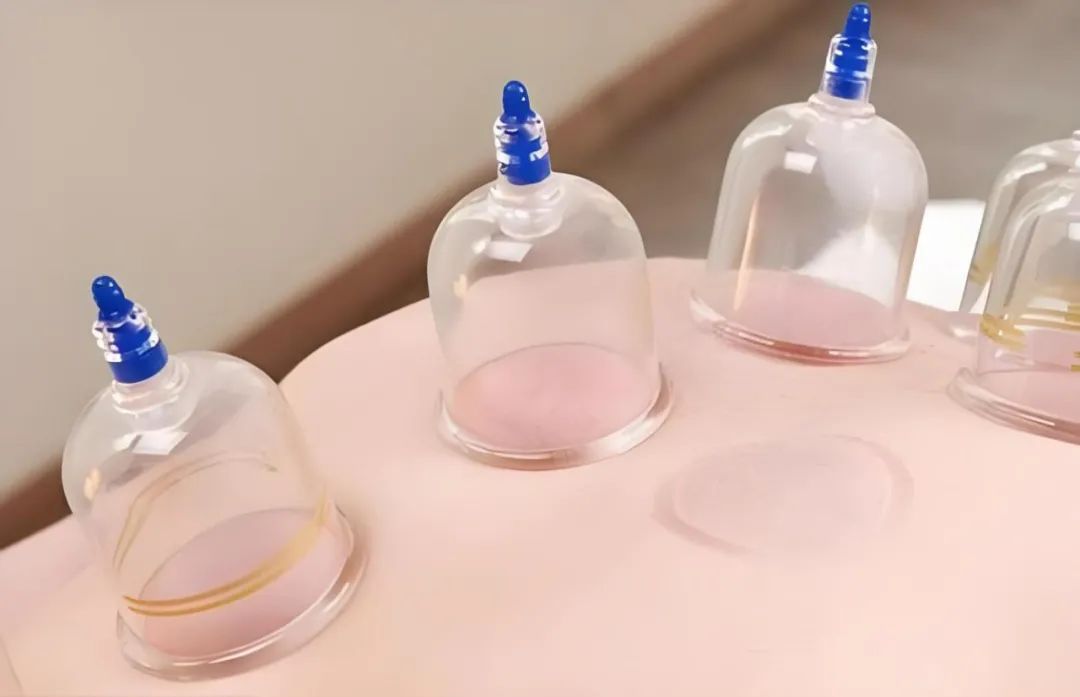
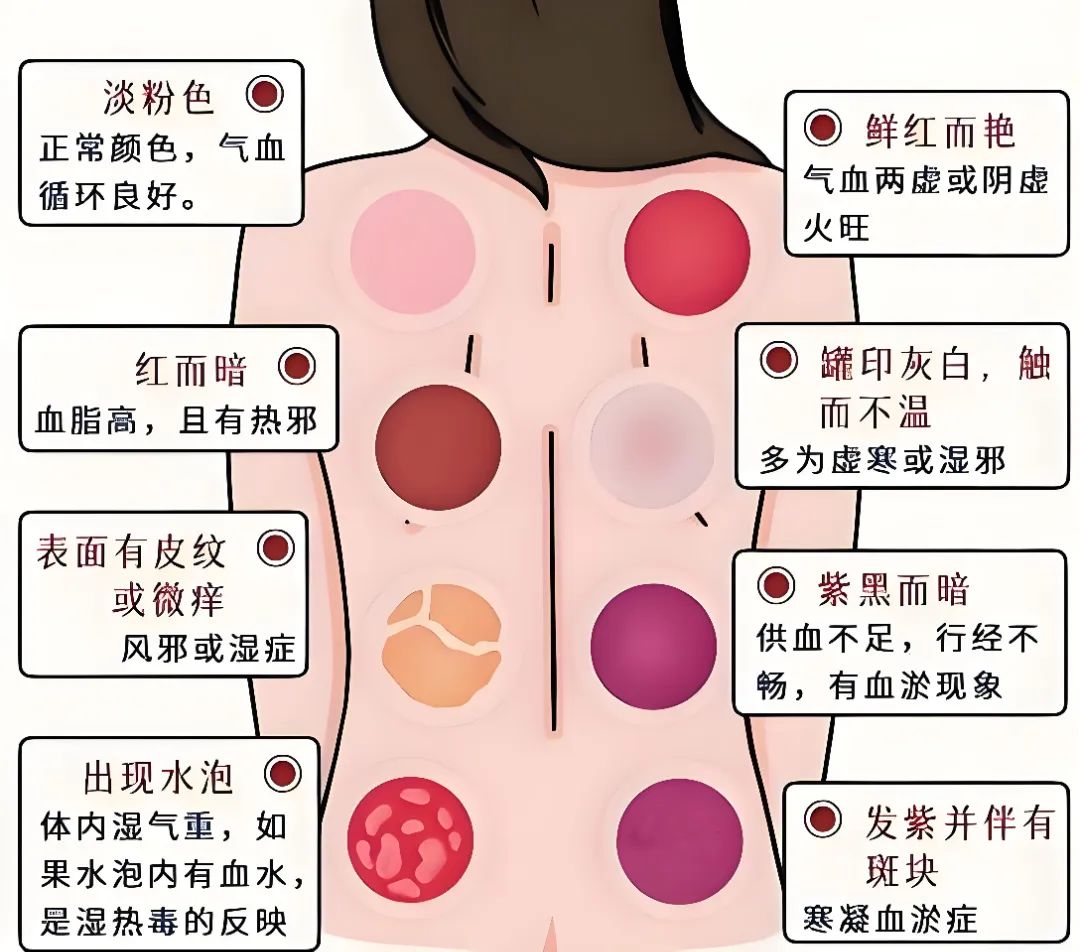
If water blisters, swelling, or moisture (water droplets on the inner wall of the cup or water flowing out after cupping) appear on the skin after cupping, it indicates excessive internal dampness or disease caused by exposure to humidity. If the blisters are blood-red or dark red, it often indicates a long-standing condition with dampness and blood stasis. If purple-red or dark purple cupping marks appear, it often suggests blood stasis, especially if accompanied by fever or rashes, indicating heat toxin. If there is no change in skin color and it feels cool to the touch, it often indicates a deficiency-cold condition. If there is mild itching or skin lines, it often indicates wind pathogen involvement.
Six Misconceptions About Cupping
Misconception 1: Cupping is suitable for everyone.
Not everyone can undergo cupping. It can deplete Qi, and those with a very weak constitution may feel even weaker after cupping.
Older individuals with heart disease should be particularly cautious. The negative pressure during cupping can cause pain stimulation throughout the body, which may trigger heart disease in these patients.
Misconception 2: It is okay to take a shower right after cupping.
Many people like to take a shower after cupping, thinking it feels good, but this is incorrect. After cupping, the skin has bruising, and the pores are open, especially taking a cold shower can easily lead to catching a cold. The correct time to shower is 1-2 hours after cupping, and the water temperature should be slightly higher.
Misconception 3: Cupping can be done anywhere on the body.
Many believe that cupping can be done wherever it hurts, but this is incorrect. Cupping should not be done over the heart area. Areas with skin burns, ulcers, infections, or tumors should also be avoided. Pregnant women should avoid cupping on the lumbar and abdominal areas to prevent miscarriage.
Misconception 4: The longer the cupping duration, the better.
Some believe that the longer the cupping lasts, the better the effect, even thinking that blisters indicate effective cupping. This is also incorrect. Prolonged cupping can lead to blisters, which can damage the skin and potentially cause infections. Generally, cupping should last about 10-15 minutes, while 20-30 minutes is acceptable if blisters are desired.
If blisters occur due to prolonged cupping, small ones do not need treatment and will absorb naturally; larger blisters may need to be punctured by a needle to drain the fluid, followed by applying burn ointment and covering with a disinfected dressing to prevent infection.
Misconception 5: Repeated cupping on the same spot is effective.
Some believe that repeatedly cupping the same area will yield better results. However, this can damage the skin, causing redness, swelling, and even infections, which is counterproductive.
Misconception 6: Cupping can cure all diseases.
The book “Acupuncture and Moxibustion” (人民卫生出版社, 2014) states that cupping is suitable for conditions such as lower back, neck, shoulder, and leg pain, wind-cold-damp obstruction, soft tissue strains, asthma, cough, stroke sequelae, shingles, colds, and limb pain and numbness. It can also be used for disease prevention and fatigue relief.
While cupping has a wide range of applications, claiming it can cure all diseases is an exaggeration.
For pain-related diseases, it is essential to identify the underlying cause before using cupping. If the pain is due to chronic conditions or muscle tension, such as lumbar muscle strain, cupping may not be effective.
It is important to note that cupping is contraindicated for patients with spontaneous bleeding tendencies, high fever, or convulsions. Such patients should be referred to medical care promptly to avoid delaying treatment.
Provided by: Huang Jing, Yingshan County TCM Hospital
Note: Some images are sourced from the internet. If they infringe on your legal rights, please contact us promptly, and we will correct or delete them.
END


